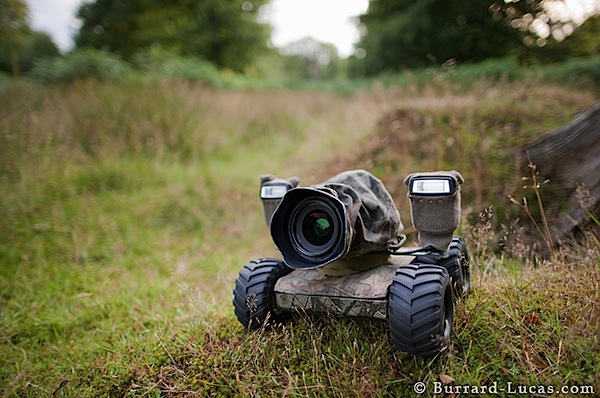Great minds contain ideas, solutions, and reasons. Scientific minds
contain formulas, theories, and figures. But a photographer’s mind contains
wild imagination.
But did you ever think how vast is photography? Well, personally I have
never thought of that, but when I read an article related to this, it caught my
attention. The title of this article is Types
of Photography.
While I’m reading this article, I just can’t imagine how many areas
photography has dominated. And to give you the list, here are some few types of
photography taken from the article.
·
Photojournalism-
this type is more appropriate for professional photographers because there
should be no change or editing taken place on the photograph. Photojournalism is
also applicable for news writing in order to express the true emotion,
wholeness, and original story of a certain scene or photograph.
·
Documentary
Photography- this is the type of photography which records the historical
events or significant happenings in politics, and other related areas. Any topic
can be its subject.
·
Action
Photography- this is related to sports since it is mostly done with
actions. The photographer has to know and observe the actions of his or her
subject to foresee the time he or she is going to take a photograph.
·
Macro Photography-
this type is obviously about taking photographs at a close range, and
photographers use advanced cameras and equipments in order to capture a subject
in close up and full details.
·
Microphotography-
it contrasts the previous one because it deals with smaller subjects such as
microscopic insects, bacteria, and others. This type suits for science-related
subjects.
·
Glamour Photography-
its goal is to capture the model in the most expressive way with the curves and
shadows. Therefore, most of its images are daring, sensual, and mysterious.
·
Aerial
Photography- from the word itself, it captures images from the air. Aside from
cameras, aerial photographers use planes, ultra lights, parachutes, balloons,
and remote controlled aircraft to help them take photographs.
Can you now conceive a
wider field of photography? Above are just some of them, and others include underwater photography, art
photography, portraiture, wedding photography, advertising photography, and
travel photography. In the article, the author mentioned thirteen types,
but for me, there are still more to add because of our advanced world today. People
are becoming more intelligent and creative that’s why there are new inventions
and fields created. If this continues in the future, types of photography will
be countless as years pass by.

Checked!
ReplyDeletePost #5: 9/10